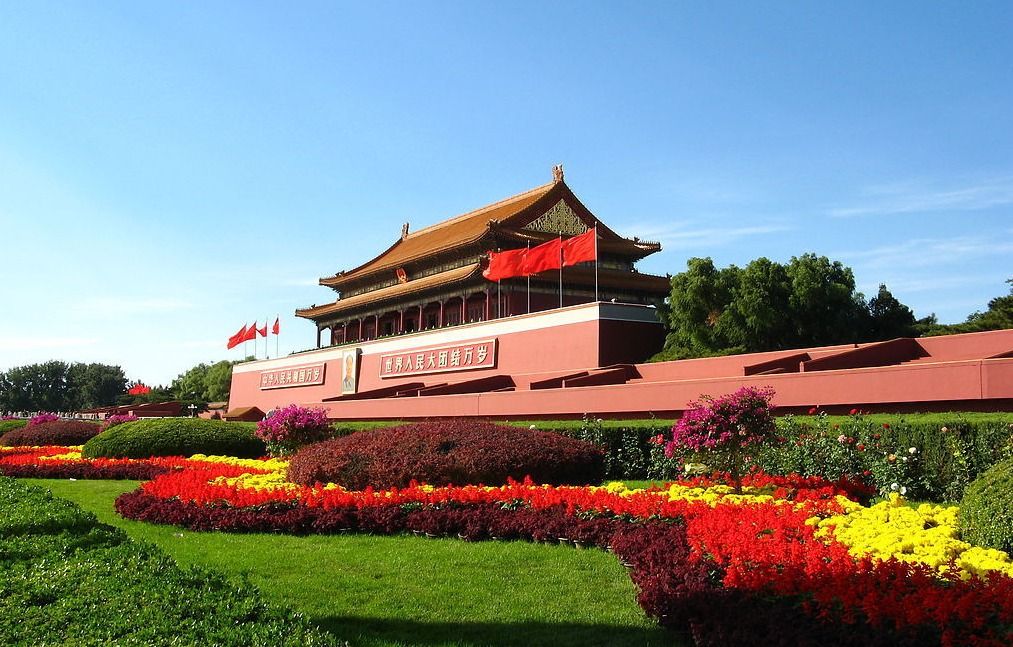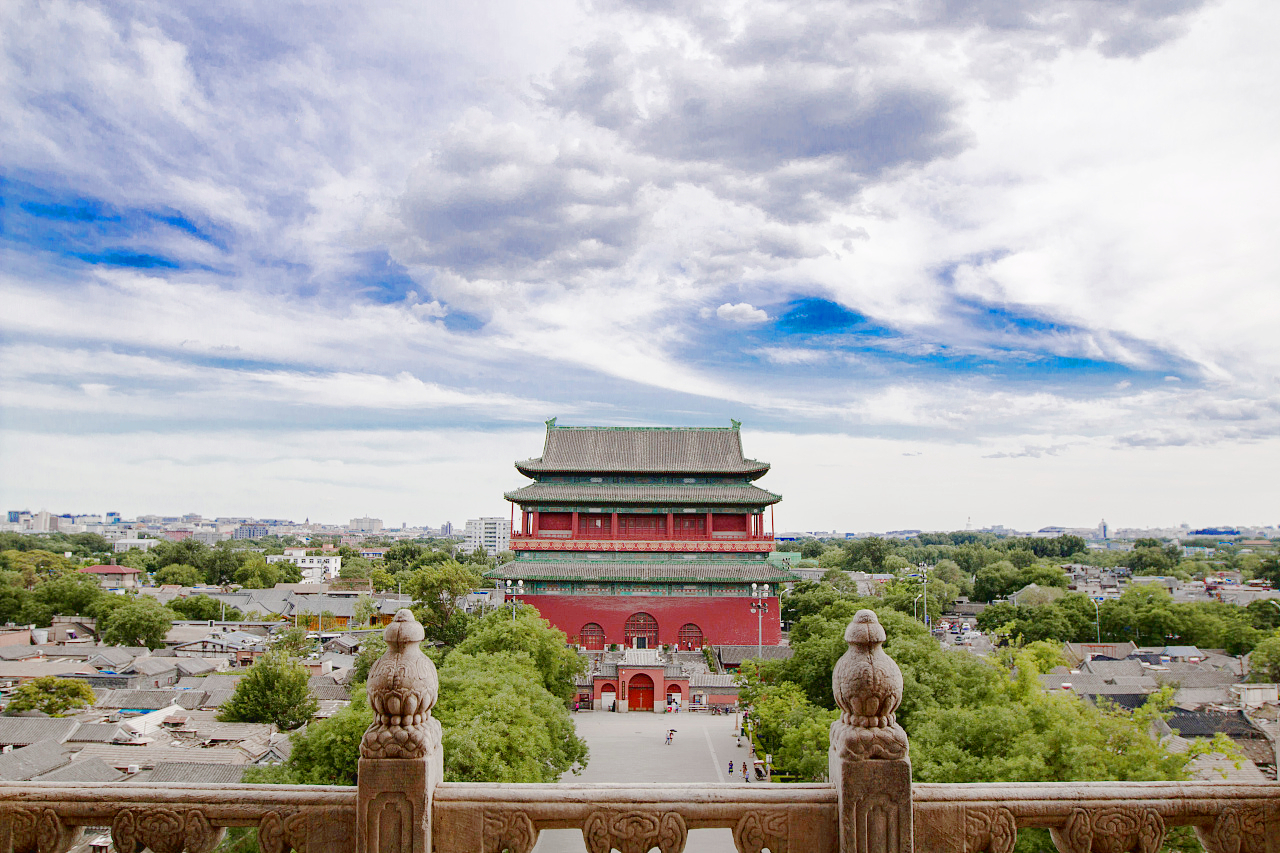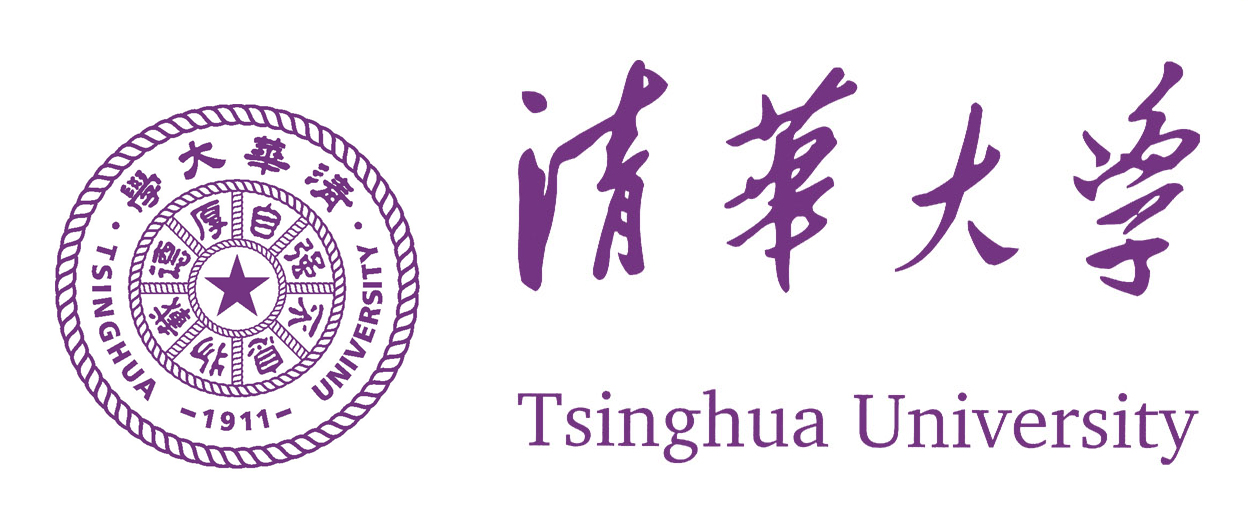
Deutsch-Chinesische Enzyklopädie, 德汉百科
 Beijing Shi-BJ
Beijing Shi-BJ

„Wir wollen die besten Medikamente herstellen, ungeachtet der Materialkosten und Herstellungsdauer.“
Seit 1669 folgt Beijing Tong Ren Tang diesem Wahlspruch und wurde damit zu einem berühmten Markenzeichen in der chinesischen Medizin. Der gute Ruf im In- und Ausland basiert auf einzigartigen Rezepturen, Grundstoffen hoher Qualität, modernen Herstellungsverfahren und einer bemerkenswerten Wirksamkeit.
Die Tong Ren Tang Im- und Export-Gesellschaft hat Verkaufsniederlassungen in Hongkong, Großbritannien, Malaysia, Australien, den USA, Thailand und Peru. Die gegenwärtig fast 500 verschiedenen Produkte unserer chinesischen Kräutermedizin werden in mehr als 40 Länder und Regionen verschickt und damit ist das Unternehmen der Marktführer beim Export traditioneller chinesischer Medizin.
(Quelle:http://www.chinatoday.com.cn/chinaheute/203/tongren.htm)













Die zentrale, kaiserliche Achse durch die Stadt findet ihren nördlichen Abschluss in den beiden Zeitzeichen, dem Trommelturm (Gulou) und dem Glockenturm (Zhonglou). Im alten China wurde der Tag in Doppelstunden eingeteilt. Ausgangspunkt war sieben Uhr abends, dann wurde die große Trommel 13mal geschlagen, womit die Uhr als gestellt galt. Danach gab es alle zwei Stunden nur einen einzigen Schlag, tagsüber auf der Glocke, nachts auf der Trommel. Schon Kublai Khan ließ hier, in der Mitte seiner Hauptstadt, einen Turm und einen Tempel errichten, doch davon ist nichts erhalten. Der mächtige Trommelturm entstand etwa 1420 zusammen mit dem Kaiserpalast, wurde danach aber noch mehrfach grundlegend renoviert. Man kann die Türme über steile und dunkle Treppen besteigen (täglich 9-16:30 Uhr, 20 RMB). Auf dem massigen ummauerten Unterbau mit drei Tunneln steht eine luftige Halle, die von einem doppelten Fußwalmdach mit grün glasierten Ziegeln bedeckt ist. Heute werden dort die traditionellen Trommeln ausgestellt und von der Galerie aus hat man einen schönen Blick in die umliegende hochhausfrei Zone und die angrenzenden noch recht urtümlichen Hutong-Viertel. Der etwas weiter nördlich liegende Glockenturm ist kleiner, gedrungener und einfacher gehalten. Nach einem Brand wurde er 1747 komplett neu und diesmal ganz aus Steinen errichtet und seine Konstruktion ist so sicher, dass sogar schwerste Erdbeben ihm bisher nichts anhaben konnten.
(Quelle:http://www.weltbummeln.de/highlights)

 Beijing Shi-BJ
Beijing Shi-BJ
 Ministry of Education
Ministry of Education
 China
China
 State key laboratory
State key laboratory
 State Key Joint Laboratory of Environmental Simulation and Pollution Control
State Key Joint Laboratory of Environmental Simulation and Pollution Control
 State Key Laboratory of Biomembrane and Membrane Biotechnology
State Key Laboratory of Biomembrane and Membrane Biotechnology
 State Key Laboratory of Chemical Engineering
State Key Laboratory of Chemical Engineering
 State Key Laboratory on Integrated Optoelectronics
State Key Laboratory on Integrated Optoelectronics

 Companies
Companies

 Geography
Geography
 Architecture
Architecture
 Science and technology
Science and technology